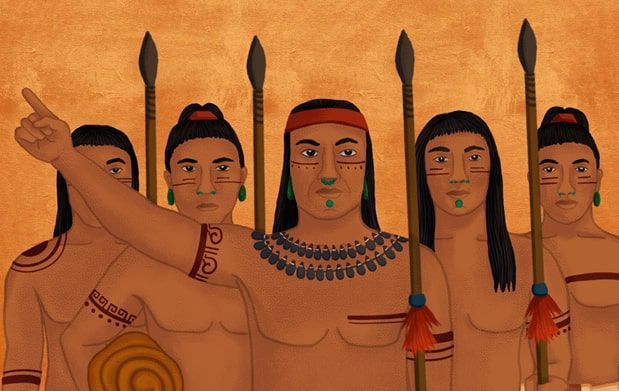The historical events of the victory of Chakán Putum in Campeche
This is how on March 25, 1517, the Mayas defeated the Spaniards, who were made to return to the island of Cuba, fiercely defended their territory and that is why it is called "The victory of Chakán Putum".





